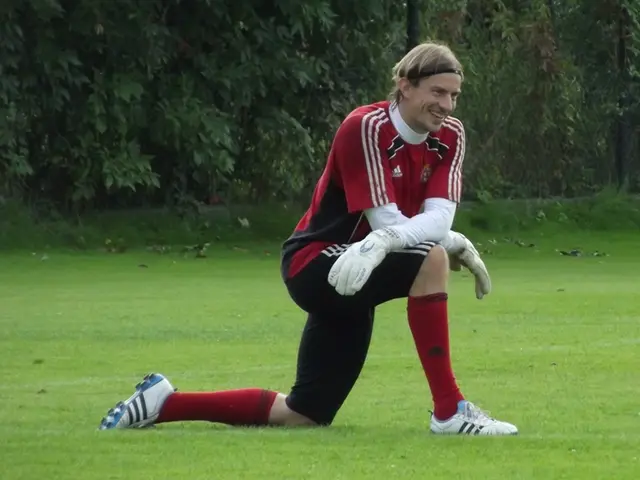Traits inheritance: Unraveling the pathway from our ancestral genes
In the realm of biology, genetics stands as the study of how biological traits are inherited from one generation to the next. This fascinating field holds the key to understanding the intricate workings of our cells and the transmission of traits that make each of us unique.
Recent discoveries have shed new light on how cells control their genes, offering a deeper understanding of the complex processes at play. One area of particular interest is the role of identical twins, such as astronaut Scott Kelly and his brother Mark Kelly, who share a remarkable genetic similarity. Their study has provided valuable insights into how spaceflight affects the human body.
Genes, the basic units of heredity, are found not only in the nuclei of cells but also in the mitochondria. Each gene prompts cells to make specific proteins, enabling cell replication, repair, and specialized tasks. The genetic information in an organism is collectively known as a genome.
The human genome, revealed in the best-ever map, has shed light on various aspects, including the presence of 'jumping genes' and 'junk DNA.' More than half of your genes are inherited from your mother, and just less than half come from your father.
However, it's important to note that race and genetics do not align well. A new study confirms that race is a social construct with little basis in genetics.
Clones, genetically identical copies of cells, tissues, or organisms, have been artificially created in laboratories for animals. The first mammal cloned using a somatic cell (not stem cells, sperm, or egg cells) was Dolly the sheep, cloned by Ian Wilmut and his team at the Roslin Institute in Scotland in 1996.
Embryonic stem cells, found in embryos three to five days old, have the remarkable ability to produce any type of cell in the body. Epigenetics, a field that studies how genes are changed by factors other than the DNA itself, such as the environment or behaviors, offers further insights into the complexities of genetics.
Interestingly, not all traits are solely determined by genetics. For example, the ability to roll one's tongue is influenced by both genetics and learning and practice. Red hair, a recessive trait, is primarily associated with the melanocortin 1 receptor (MC1R) gene.
As we continue to unravel the mysteries of our genome, we gain a deeper understanding of what makes us unique and how our genes interact with our environment to shape our lives. The field of genetics promises to be a fascinating area of exploration for years to come.





